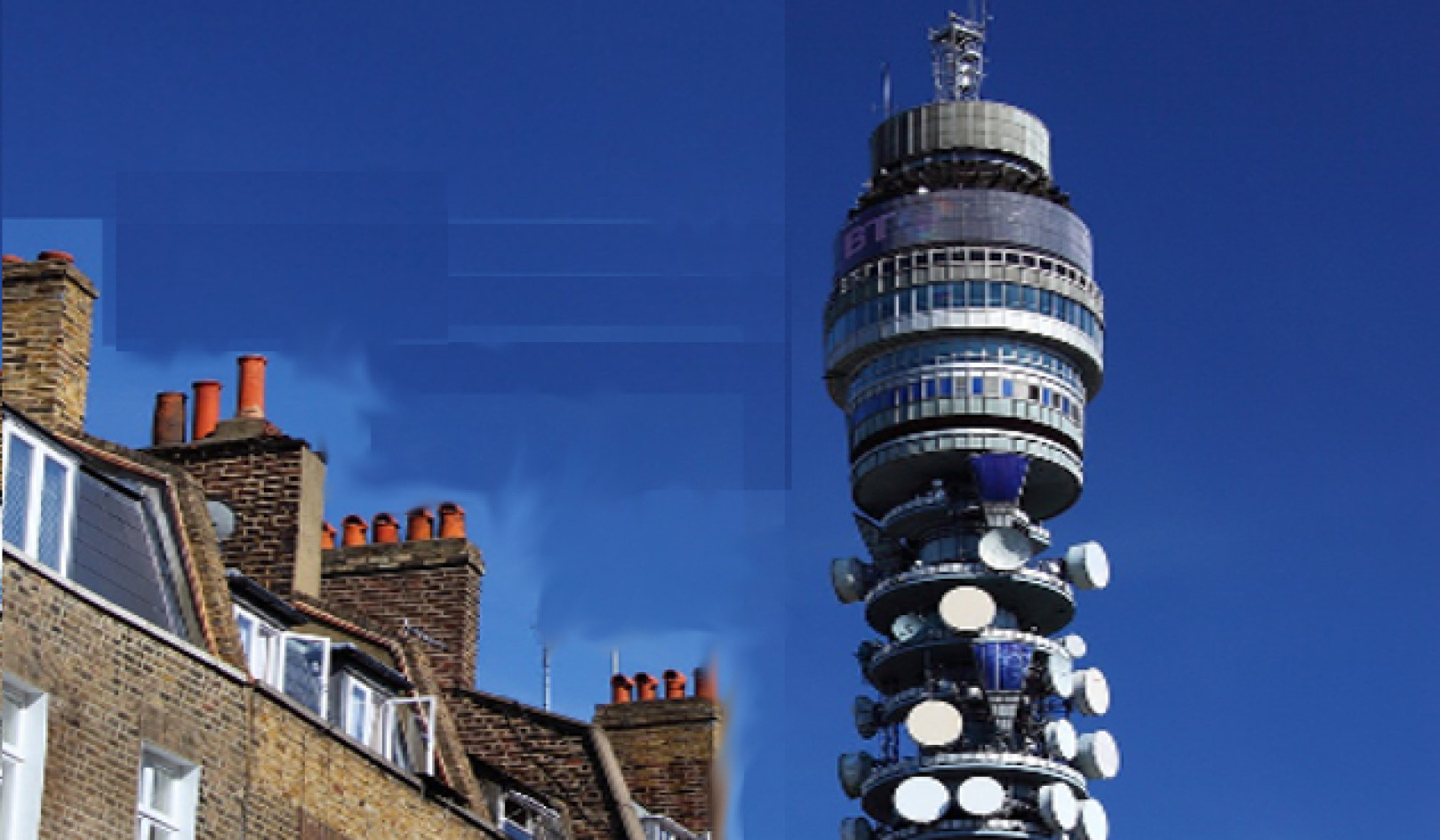 Shutterstock
Shutterstock
Most people who get COVID suffer the common symptoms of fever, cough and breathing problems, and recover in a week or two.
But some people, estimated to be roughly 10-30% of people who get COVID, suffer persistent symptoms colloquially known as “long COVID”.
Why do some people recover quickly, while others’ symptoms continue for months? This question has proved to be one of the most challenging to emerge from the COVID-19 pandemic.
While there’s no definitive answer yet, there are a few leading theories put forward by researchers around the world.
So what have we learned about long COVID, and what is the latest evidence telling us so far?
What is long COVID?
There’s no universally accepted definition of long COVID because it’s such a new phenomenon. A working definition is that it’s a term used to describe the situation where people experience a range of persistent symptoms following COVID-19.
The most common symptoms we (Louis and Alex) hear from sufferers in our long COVID clinic in Melbourne are fatigue, shortness of breath, chest pain, heart palpitations, headaches, brain fog, muscle aches and sleep disturbance. But it can also include very diverse symptoms like loss of smell and taste, increased worry especially in relation to one’s health, depression, and an inability to work and interact with society. In some of these people, it’s almost as if there’s a process that’s affected every part of their body.
Another feature for many in our clinic is the disconnect between the severity of their initial COVID illness and the development of significant and persisting symptoms during recovery. Most of our patients in the long COVID clinic had a milder illness initially, are often younger than those who’ve been hospitalised, and were healthy and active before getting COVID.
Regardless of the specific symptoms, many of our patients are concerned there’s persisting infection and damage occurring, along with a fear and frustration that they’re not improving.
So far we haven’t found any specific test to explain post COVID symptoms. This has confirmed our view that in most patients, long COVID symptoms are probably related to a complex interaction of physical and psychological processes that have arisen following the sudden inflammation caused by the COVID infection.
How many people have long COVID?
It’s very difficult to determine what proportion of people who get COVID end up with persistent symptoms. At this stage we don’t know the exact rate.
In our ongoing study of COVID immunity at the Walter and Eliza Hall Institute (WEHI) we found 34% of our participants were experiencing long COVID 45 weeks after diagnosis.
But our study is community-based and not designed to measure the overall prevalence of the condition in the wider population.
The data is still emerging and different sources cite different rates. It depends how the researchers recruited and followed participants, for example, as part of post-discharge follow up or community surveys.
The World Health Organization says its 10%, while a study from the UK found 30%. The proportion of people affected is likely to be different between countries.
Many doctors are still not aware of long COVID, so many cases may not be recognised and added to studies. Indeed, after some data from our WEHI study aired on the ABC’s 7.30 program, more people with ongoing symptoms came forward to join the study, and some didn’t know there was research being conducted or even that the condition existed.
We need a fully-fledged “population study” to determine the approximate rate. This would mean contacting a whole group of people who contracted COVID and seeing how many have ongoing problems at a set time, such as a year later. Doing these studies is difficult, but it would mean we can answer an important question.
How can it be treated?
Treating the condition is challenging given there’s no definitive clinical test to determine if someone has it, and there’s no standard treatment yet.
People with mild symptoms may not require treatment, but rather just validation and information.
Others with more severe or persistent symptoms need more. By offering clinical care backed by a coordinated team of specialists, multidisciplinary long COVID clinics ensure patients receive the best care available without the endless burden of multiple independent consultations. These clinics use a holistic approach and build knowledge of the best strategies to support recovery. They include teams of specialists such as respiratory physicians, rheumatologists, immunologists, physiotherapists, and in some cases, psychologists and psychiatrists. A graded exercise program is often useful.
For most people, the outcomes are good. After nine months, half of our patients have returned to close to normal activity and have been discharged from the clinic.
However, there’s a group of patients whose improvement is slower. They’re often young and previously high functioning. They have limited ability to work, exercise and socialise. Their return to work and other activities needs to be carefully managed, and they need to avoid doing too much too quickly.
It’s essential these patients’ persisting symptoms are acknowledged, and that they get support from their family, employer and a multidisciplinary medical team.
What causes long COVID?
We don’t know yet why some people get long COVID while others recover a few weeks after being infected.
If it was simply linked to severe COVID then that would give us clues. But it isn’t, as we’ve seen people with mild disease end up with long COVID symptoms, just as we have with people in intensive care.
However, there are some front-runner ideas that researchers across the globe have put forward.
This includes the idea that long COVID could be a consequence of people’s immune systems misfiring and working overtime in the wake of infection.
One clue that supports this theory is that some people suffering from long COVID say their symptoms markedly improve after getting a COVID vaccine. This strongly suggests the diverse symptoms of long COVID are directly linked back to our immune system. It’s possible the vaccine might help by redirecting the immune system back on track, by directly activating certain immune cells like T cells (that help stimulate antibody production and kill virus-infected cells) or frontline innate immune cells that correct this immune misfiring.
Another theory is that, in the bodies of people with long COVID, there’s a small, persistent “viral reservoir” hidden from detection by diagnostic tests, or leftover small viral fragments that the body hasn’t dealt with. These reservoirs are not infectious but may consistently activate the immune system. A vaccine might help direct the immune system to the right spots to mop up the leftover virus.
While we can’t yet say for sure a vaccine will help everyone, there’s no evidence that booting the immune response makes things worse. If anything, it’s likely to make things better.
Or long COVID might a combination of both of these, or many different elements.
The bottom line is we still need more research, as it’s still in its early stages. There’s no cure yet, but we can support and manage sufferers’ symptoms and we encourage everyone to get their COVID-19 vaccine when it’s available to you.
About The Author
Related Books:
The Body Keeps the Score: Brain Mind and Body in the Healing of Trauma
by Bessel van der Kolk
This book explores the connections between trauma and physical and mental health, offering insights and strategies for healing and recovery.
Click for more info or to order
Breath: The New Science of a Lost Art
by James Nestor
This book explores the science and practice of breathing, offering insights and techniques for improving physical and mental health.
Click for more info or to order
The Plant Paradox: The Hidden Dangers in "Healthy" Foods That Cause Disease and Weight Gain
by Steven R. Gundry
This book explores the links between diet, health, and disease, offering insights and strategies for improving overall health and wellness.
Click for more info or to order
The Immunity Code: The New Paradigm for Real Health and Radical Anti-Aging
by Joel Greene
This book offers a new perspective on health and immunity, drawing on principles of epigenetics and offering insights and strategies for optimizing health and aging.
Click for more info or to order
The Complete Guide to Fasting: Heal Your Body Through Intermittent, Alternate-Day, and Extended Fasting
by Dr. Jason Fung and Jimmy Moore
This book explores the science and practice of fasting offering insights and strategies for improving overall health and wellness.
This article originally appeared on The Conversation






















